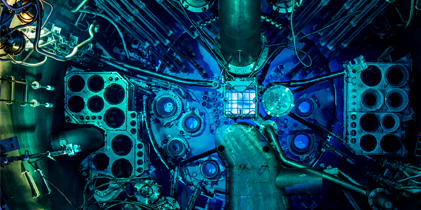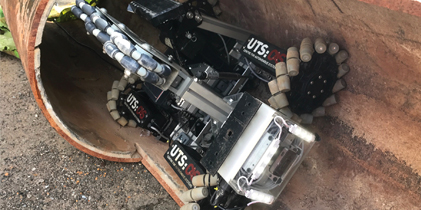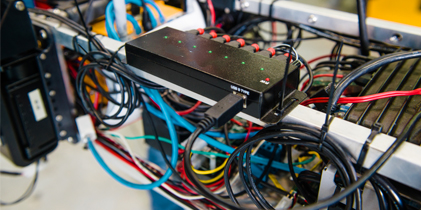
INFRASTRUCTURE
Infrastructure robotics is a key transformative technology that can revolutionise Australia’s economy in the construction and resource sectors.
Australia’s infrastructure sector
To efficiently function, countries rely on infrastructure, which, at its most basic, consists of transport, communications, power supplies, and buildings.
Social infrastructure is also important and includes schools, hospitals, universities, prisons and related services such as national security, defence, healthcare, and education and training. Infrastructure is a source of much economic activity, however it is costly to build and maintain. Last year the Australian government is estimated to have spent $AU251.8 billion on infrastructure, with $AU237.3 billion on social and $AU14.5 billion on economic infrastructure [IA17]. This is further represented by:
- General infrastructure (including Regional Development) $AU5.1 billion
- Transport and communication $AU9.4 billion
- National security (Public order and safety) $AU5.2 billion
- Health care expenditure $AU170.4 billion (see Chapter 6)
- Education and training $AU33.2 billion (see Chapter 7)
- Defence $AU28.5 billion (see Chapter 8).
Cities are one important form of infrastructure, with 80 per cent of Australia’s economic activity concentrated in cities [EY-INF16]. Australia’s existing infrastructure faces many future challenges including: an increasing and ageing population, expensive housing, a shortage of social housing, urban sprawl, increased congestion, changing climate and security risks. Australia’s population of approximately 24 million people is expected to increase by a further 11.8 million people over the next 30 years. Infrastructure will need to grow to cater for this population growth [IA17].
Infrastructure can be publicly (government) or privately owned. For example, Australia’s urban water sector remains publicly owned and operated however, Australia’s ports, airports and energy sectors are primarily privately owned or leased (see Chapter 7).
A growing challenge for Australia’s infrastructure is the increasing regularity of extreme weather events. With climate change, the atmosphere is becoming warmer and wetter. Heatwaves are becoming hotter, lasting longer, and occurring more often. Australia’s fire season is lengthening, leading to increased bushfire risk, and the intensity of extreme rainfall events and coastal flooding is projected to increase [CC17]. Public expectations that infrastructure will function at peak levels for maximum time has also risen. There is little tolerance for slow recovery from ‘outages’, even those created by extreme weather events or natural disasters.

By 2031 more than 30 million people will call Australia home. Infrastructure robotics is a key transformative technology that...

Building inspection systems with UAVs and climbing robots can reach the difficult to access areas with ease, avoiding occupational health...

Australia’s existing infrastructure faces many future challenges including: an increasing and ageing population...






